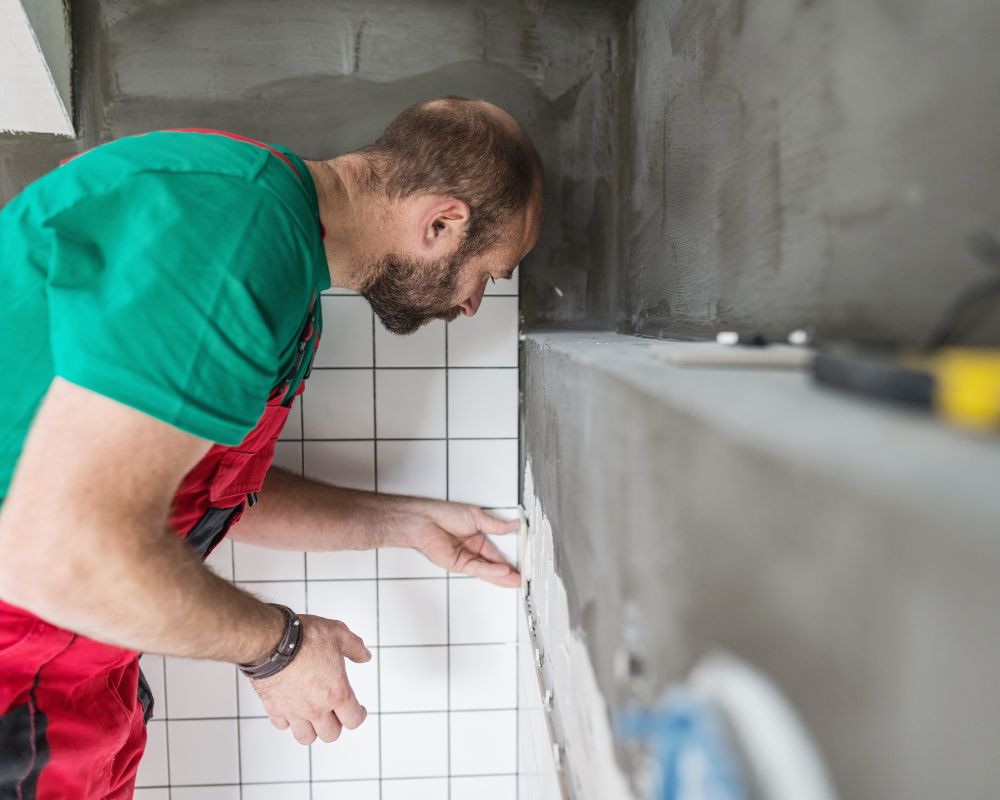Every now and again we will get a customer looking for tile diamond blades, a customer planning on putting new tile directly over the top of an old floor. Is doing so safe? Maybe, or maybe not. In theory, putting new tile over old should not be a big deal. But whether it’s safe to do so depends on a lot of things.
The top two things to be concerned about is the condition of the old floor and the strength of the subfloor. And as far as safety is concerned, we are not really talking about your safety. We’re talking about the integrity of the tile itself. Should you tile over tile when it’s not safe to do so, you could end up with significant damage that ultimately requires you to rip everything out and start over.
Old Floor Condition
Long before you come to us for tile blades, you should check the condition of the old floor. Here’s what you are looking for:
- Level – The surface you are going to tile onto has to be level and flat. Otherwise, the tiles could crack after installation; or may not line up with each other.
- Damage – Look for splits, cracks, chips, etc. Anything that suggests the underlying structure can be problematic is motivation to not tile over tile.
- Grout – Inspect the grout for signs of discoloring. Stains, mold, or mildew suggest you may have a moisture problem underneath the tile. Simply tiling over it will not solve that problem.
- Loose Tiles – Use a rubber mallet to discover any loose tiles. Tap each tile gently and listen to the sound. If a tile sounds hollow, there is air underneath, so it’s not firmly affixed to the subfloor.
Slight damage or a few loose tiles isn’t automatically a deal-breaker. The general rule of thumb is to avoid tiling over tile if more than 5% of the floor is damaged or loose. Definitely don’t tile over a floor you suspect might be having a moisture retention issue.
Use the Right Tools
Tiling over tile requires a bit more precision than laying tile on a subfloor. Be patient, go slow, and take your time. Definitely pay attention to the old adage that says measure twice, cut once. Also be sure to use the right tools for the job.
We recommend starting with a dry cut angle grinder and a wet saw for cutting tile. You will use your wet saw, with an appropriate tile diamond blade (ideally a diamond blade made in the USA), to make all your straight cuts. The angle grinder is for cleaning up angled and rounded cuts and for making fine adjustments when tiles are cut just slightly too large.
You will also need:
- Leveling spacers
- Trowels
- Grouting tools
- Sander.
Don’t forget the protective clothing and equipment. You’ll want to wear long pants and a long sleeve shirt. You will also want eye protection, a good pair of work gloves, and a mask for when you’re cutting and grinding. There’s no point in breathing in all that dust.
Thoroughly Clean the Floor
The last thing we would recommend is thoroughly cleaning the floor before you begin working. Remove all the furniture, sweep the floor, then wet mop and give the floor several hours to dry. A good clean accomplishes a number of things:
- It gives you a level surface to work with
- It ensures better adherence of the new tiles
- It reduces the risks of mold and mildew growing underneath the new tile.
As long as your existing tile is in good condition and the subfloor can handle the extra weight, it is okay to install new tile over old. Avoid tiling over tile if you have any reason to suspect the existing floor could be problematic. Finally, use the right tools – including Devour tile diamond blades.



